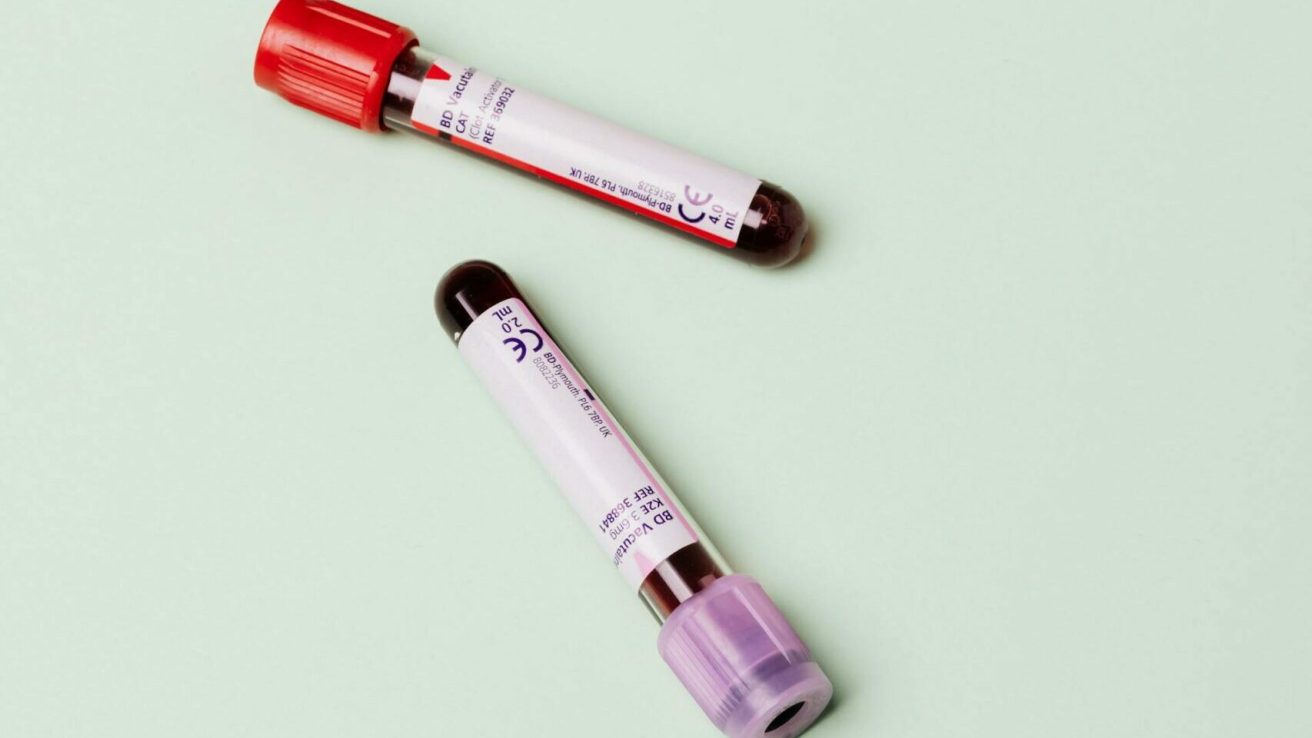For the strategy of targeting low-density lipoprotein cholesterol to less than 70 mg/dL, patients with >50% reduction from baseline but not patients with <50% reduction from baseline showed superior stroke risk reduction when compared to a target level of 100 ± 10 mg/dL.
The Treat Stroke-to-Target (TST) trial findings indicate the superiority of targeting low-density lipoprotein cholesterol (LDL-C) levels less than 70 mg/dL over LDL-C levels of 100 ± 10 mg/dL when LDL cholesterol reduction from baseline is >70%. However, only 52.8% of the time was spent in the therapeutic range. The trial results also suggested that the degree of reduction in LDL-C levels compared to the baseline is as significant as the target LDL-C levels. The current study is a post hoc analysis of the TST trial in which the authors compared the efficacy of reducing LDL-C <50% or reducing LDL-C levels >50% from baseline in patients assigned a target level <70 mg/dL to a target level of 100 ±10 mg/dL for reducing risk of incident events. The post hoc analysis findings are published in the journal Stroke.
Baseline Characteristics
The study comprised 2873 French and Korean patients of whom, 2860 completed a median of 3.9 (2.1–6.8) years of follow-up. The control group included participants with LDL-C levels of 100 ± 10 mg/dL, whereas the intervention groups included LDL-C levels > 50% reduced from baseline (lower target group) and LDL-C levels >50% reduced from the baseline group, respectively. The baseline LDL-C levels in the three groups were estimated to be 136±38 mg/dL in the higher target group of 100±10 mg/dL, 121±34 mg/dL in the group with <50% reduction from baseline, and 155±32 mg/dL in the lower target group of >50% reduction from baseline.
Statin Therapy and Low-Density Lipoprotein Cholesterol Levels
The mean LDL-C levels achieved during the follow-up in the lower target group (>50% reduction) and in the <50% LDL-C reduction group were 58.8 mg/dL and 75.5 mg/dL, respectively. On the contrary, the control participants achieved LDL-C levels of 96 mg/dL.
Statin Therapy and Cardiovascular Outcomes
Patients in the lower target group had a significantly reduced risk of major cardiovascular events compared to the control group (p = 0.007); however, the risk reduction was not significantly different from patients in the <50% LDL-C reduction group. Both French and Korean patients who attained both LDL-C levels <70 mg/dL and ≥50% reduction in LDL-C levels from the baseline had a substantial reduction in the occurrence of major vascular events.
Source:
Amarenco, P., Lavallée, P. C., Kim, J. S., Labreuche, J., Charles, H., Giroud, M., Lee, B., Mahagne, M., Meseguer, E., Nighoghossian, N., Steg, P. G., Vicaut, É., & Bruckert, É. (2023). More Than 50 Percent Reduction in LDL Cholesterol in Patients With Target LDL <70 mg/dL After a Stroke. Stroke, 54(8), 1993–2001. https://doi.org/10.1161/strokeaha.123.042621









